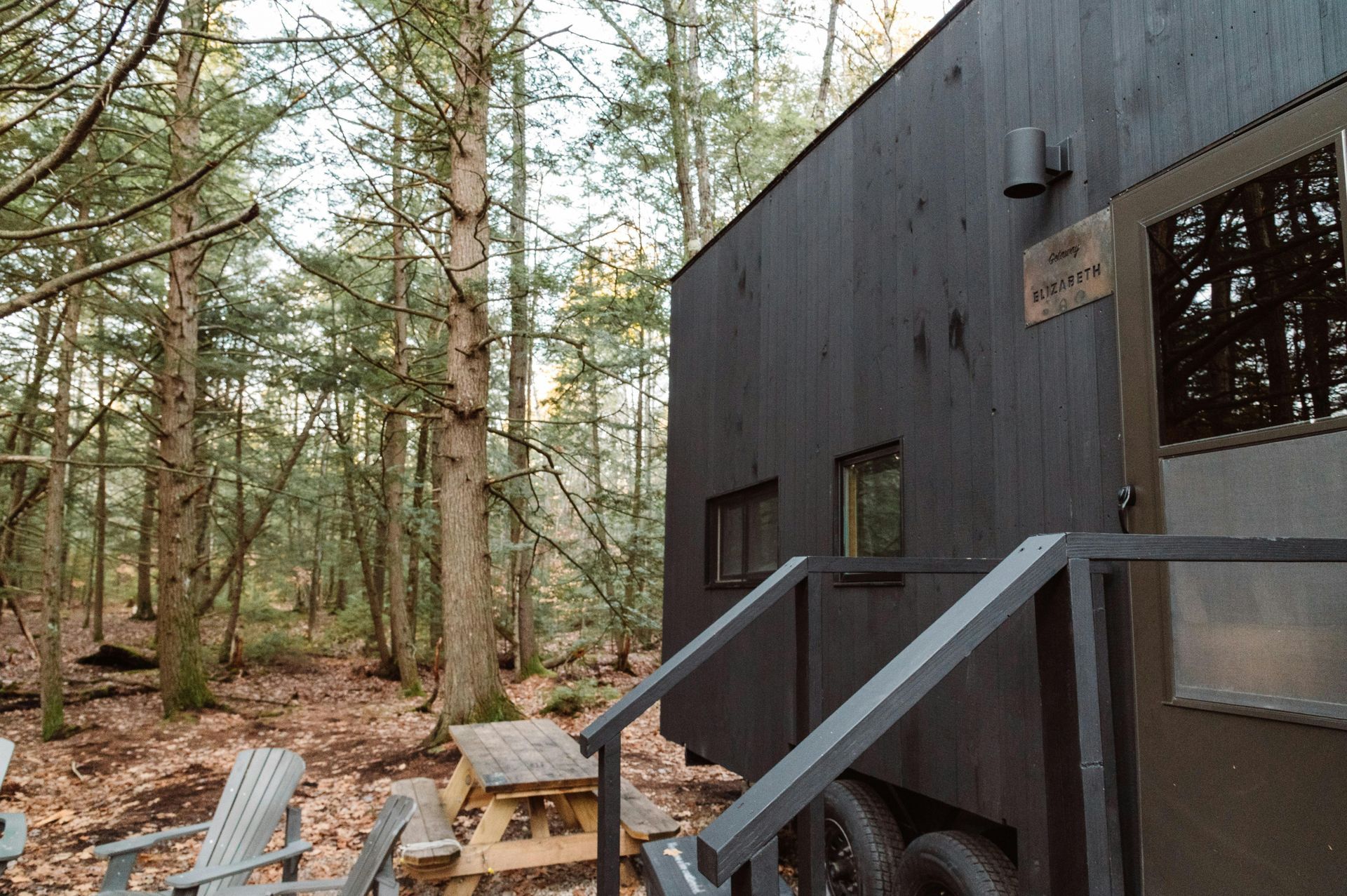How Each Season Impacts Your Home: A Guide to Seasonal Wear and Tear
Seasonal Wear and Tear on Your Home: How Each Season Impacts Your Property’s Health

Owning a home is a rewarding experience, but it also comes with year-round maintenance. Each season brings its own set of weather conditions that can affect various parts of your property. From icy winters to hot, stormy summers, your home endures a lot of stress. Understanding how seasonal wear and tear impacts your home can help you stay proactive about repairs and maintenance—and can even increase the longevity of your property.
In this blog, we’ll explore the most common ways each season affects your home and why it’s essential to schedule regular inspections to keep it in top condition.
Winter: Cold, Ice, and the Strain on Your Home
Winter can be one of the toughest seasons for homes, especially in colder regions. Here’s how winter conditions can cause wear and tear:
1. Roof Damage: Snow and ice buildup add significant weight to your roof, increasing the risk of sagging or, in extreme cases, structural damage. Ice dams—caused by melting snow that refreezes along the roof’s edge—can also trap water, leading to leaks and even mold.
2. Foundation Cracks: The freeze-thaw cycle can cause concrete foundations to crack, especially if water seeps into small openings and freezes.
3. Gutter Blockage: Snow and ice can block gutters, leading to water overflow that could damage exterior walls or pool around the foundation.
4. Plumbing Risks: Pipes, especially in unheated areas, are at risk of freezing, which can lead to bursting and costly repairs.
**Winter Maintenance Tip**: Clear snow from your roof and gutters, insulate pipes, and check for foundation cracks before winter’s freezing temperatures arrive.
Spring: Rain and the Beginning of New Growth
Spring’s warming temperatures bring relief but also heavy rains, which can expose any weaknesses your home developed over the winter. Common spring wear and tear includes:
1. Water Damage and Leaks: Frequent rain can reveal weaknesses in your roof, siding, or foundation, leading to leaks and water damage.
2. Basement Flooding: As snow melts and rain increases, basements can become susceptible to flooding, particularly if your foundation is cracked or if there is poor drainage around your home.
3. Pest Invasion: The thawing ground encourages pests to emerge, and they may seek refuge in your home. Gaps in doors, windows, or foundations can allow critters inside.
**Spring Maintenance Tip**: Inspect your basement and foundation for any water entry points, and repair them as needed. Clear gutters and ensure downspouts direct water away from the foundation.
Summer: Heat, Humidity, and Storms
Summer may seem relatively mild, but heat and humidity can still impact your home. Here are some of the most common ways summer can lead to wear and tear:
1. Roof and Siding Damage: Extreme heat can cause roofing materials to dry out, warp, or crack, particularly in areas with high sun exposure. Similarly, siding may fade or crack due to UV exposure.
2. AC and Electrical Strain: High temperatures mean more use of air conditioning, putting additional strain on your HVAC system and possibly affecting your energy bills. Electrical systems can also be stressed by the increased load.
3. Foundation Shifting: Extended heat waves can dry out the soil, causing it to shrink and potentially lead to foundation shifting or cracks, which can affect the stability of your home.
4. Increased Humidity: High humidity can lead to mold growth in basements, attics, and other poorly ventilated areas.
**Summer Maintenance Tip**: Regularly inspect and maintain your HVAC system, and check for any signs of foundation movement or cracks.
Fall: Falling Leaves and Prepping for Winter
Fall is the season for prepping your home for winter, but it also comes with its own set of challenges. Here are some of the common fall wear-and-tear concerns:
1. Clogged Gutters: Falling leaves are beautiful, but they quickly clog gutters. Blocked gutters can lead to water backup, damaging the roof, fascia, and foundation.
2. Chimney and Fireplace Build-Up: If you have a fireplace, fall is the time to clean and inspect it before winter. Built-up soot or creosote can cause dangerous chimney fires.
3. Weatherproofing: As temperatures drop, gaps around doors and windows become more noticeable, allowing cold air drafts into your home.
4. Landscaping and Trees: Overgrown branches, especially those close to the house, can break under the weight of snow in winter, posing risks to roofs and windows.
**Fall Maintenance Tip**: Clean your gutters, trim tree branches away from the house, and seal any gaps around doors and windows for energy efficiency.
Why a Seasonal Inspection Can Save You Money and Headaches
Each season can create or expose different vulnerabilities in your home. Regular home inspections are essential to spot issues before they become costly repairs. From winter’s cold to summer’s heat, every season adds wear and tear that affects your home’s structural integrity, energy efficiency, and overall safety.
An experienced home inspector can identify potential problems in hard-to-reach or overlooked areas, giving you peace of mind and helping you plan your maintenance and repair schedule.
Choose Local Pro Home Inspection LLC for Year-Round Peace of Mind
At Local Pro Home Inspection LLC, we understand how every season impacts your home. Our certified inspectors have extensive experience in spotting seasonal wear and tear, and we provide a comprehensive, detailed report on your property’s condition. Whether you’re a new homeowner, preparing to sell, or just want a proactive approach to maintenance, a home inspection with us will help you protect your investment.
Don’t wait for small issues to become big problems. Contact Local Pro Home Inspection LLC today and let us help you keep your home safe, efficient, and prepared for every season.
You might also like









